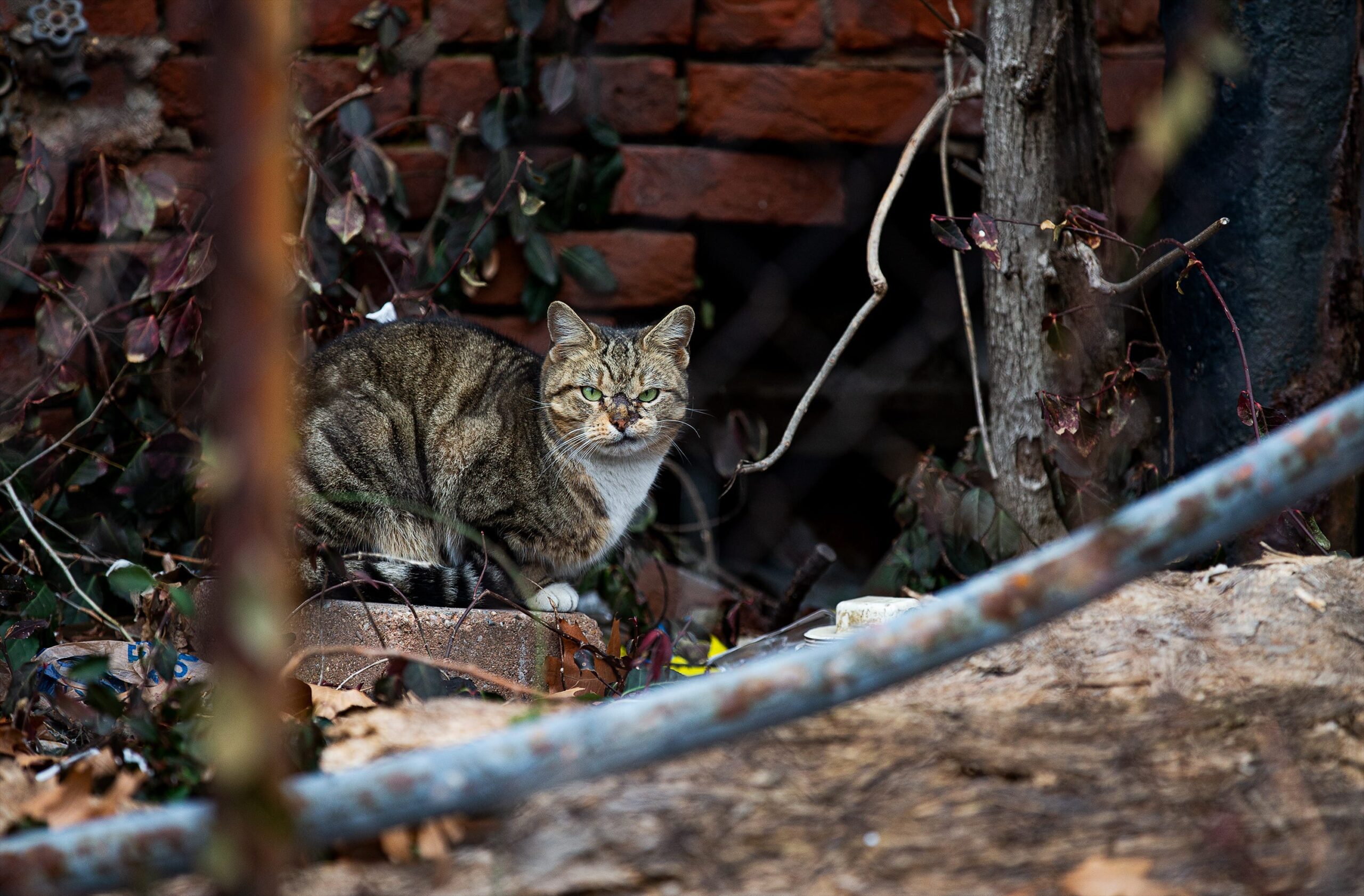
Navigating the World of Stray Cats: A Community Approach to Care
Stray cats are a ubiquitous sight across the nation, often observed traversing backyards and occasionally finding their way into new homes, tugging at the heartstrings of animal lovers. While these feline wanderers may appear independent, experts emphasize that caring for community cats is not only beneficial to the individual animals but also plays a crucial role in improving the overall health of the population and preventing uncontrolled breeding.
The internet is replete with videos showcasing the interactions between humans and stray cats, highlighting the affectionate nature of these often-misunderstood creatures. Stories abound of stray cats moving into people’s homes, receiving food, and forming bonds with their human caretakers. However, despite their undeniable charm, stray cats require specific care that, according to veterinary professionals, is most effectively provided through community involvement.
Dr. Julie Levy of the University of Florida College of Veterinary Medicine underscores the importance of community participation, stating, "Any time the community can step up and help out the animals and the people that love them, without burdening the shelter, it’s a big win." This sentiment highlights the shared responsibility in managing stray cat populations and ensuring their well-being.
Trap, Neuter, Return: A Cornerstone of Stray Cat Management
A key practice advocated by veterinarians and animal welfare organizations is "trap, neuter, return" (TNR). Dr. Levy advises that anyone encountering a stray cat should attempt to capture it and bring it to a veterinarian’s office or a spay/neuter clinic. The procedure involves humanely trapping the cat, sterilizing it to prevent further reproduction, and then returning it to its original location.
It is crucial to understand that the "return" aspect of TNR is paramount. Dr. Levy cautions against relocating cats to unfamiliar environments, such as woods or parks, as this can be detrimental to their survival and well-being. "We like people to understand that the cats are supposed to go back where they came from, not like taken and dumped somewhere in the woods, in a park or something," she explains. "That would be inappropriate to do for the cats."
In situations where returning a cat to its original location is deemed unsafe, finding a "working cat home," such as a farm or business, can be a viable alternative. However, Dr. Levy emphasizes that this option requires a thorough acclimation process and is generally considered a last resort.
Identifying a Neutered Stray: The Ear Tip
Not all stray cats require intervention. One simple way to determine if a cat has already been neutered is to check its ear for a slight clip. Veterinarians and clinics use ear tipping as a visual indicator that a cat has been sterilized and is therefore unlikely to contribute to further population growth. If a cat has a clipped ear and appears otherwise healthy, it can generally remain outside, provided it is not in immediate danger.
Lost Pet or Stray? The Importance of Identification
If a stray cat does not have an ear clip, Dr. Levy recommends checking for a tattoo in the cat’s genital region. This tattoo often indicates that the cat is someone’s pet. In such cases, it is essential to attempt to reunite the cat with its owner. This can be achieved by posting information about the cat on social media platforms and pet-finding websites, as well as notifying local animal shelters.
Dr. Tiffany Kutner, medical director at Safe Haven for Cats, a shelter and clinic in North Carolina, stresses the importance of responsible pet ownership in preventing cats from becoming strays. Keeping cats indoors and ensuring that their microchips are registered are crucial steps in protecting them. "It’s the new adopter’s responsibility to register that microchip to themselves so that if their cat does get out and get scanned by a veterinary hospital, they know who to call," she explains.
Feeding Stray Cats: A Matter of Discernment
The question of whether to feed stray cats is a complex one. Experts advise that feeding is generally acceptable if the cat is a stray, meaning it is accustomed to human interaction, but not if it is feral, meaning it is fearful and avoids contact with humans. Christi Metropole, executive director and founder of the Stray Cat Alliance, emphasizes the dependence of domestic cats on humans. "A domestic animal needs to be fed by humans," she states. "Cats depend 100% on humans. There are a few outliers who maybe can live on mice, but that’s very unusual."
While providing food and water can help maintain the health of stray cats, Safe Haven Shelter Manager Cat Wursta cautions that feeding can also encourage them to return. Therefore, if someone does not want a stray cat to become a regular visitor, it is best to avoid feeding it.
Prioritizing Reunification: Finding the Owner
The primary focus when encountering a stray cat should be on identifying its owner, according to Dr. Kutner. "The biggest thing is trying to find that cat’s home," she says. "Because more than likely – seven, eight times out of 10 – it’s owned by somebody."
Providing Shelter: Protecting Cats from the Elements
For those who choose to care for stray cats, providing shelter from the elements, particularly during the cold winter months, is essential. Ally Cat Allies, a stray cat advocacy group, suggests creating outdoor shelters using plastic tubs insulated with styrofoam and hay. These simple shelters can provide a safe and warm refuge for cats seeking protection from harsh weather conditions.
Ultimately, managing stray cat populations effectively requires a collaborative effort involving individuals, communities, and animal welfare organizations. By understanding the specific needs of stray cats and implementing responsible care practices, we can improve their well-being and prevent further population growth. The combined practices of TNR, responsible pet ownership, and community involvement represent a comprehensive approach to addressing the challenges posed by stray cat populations and creating a more compassionate environment for these often-vulnerable animals.
